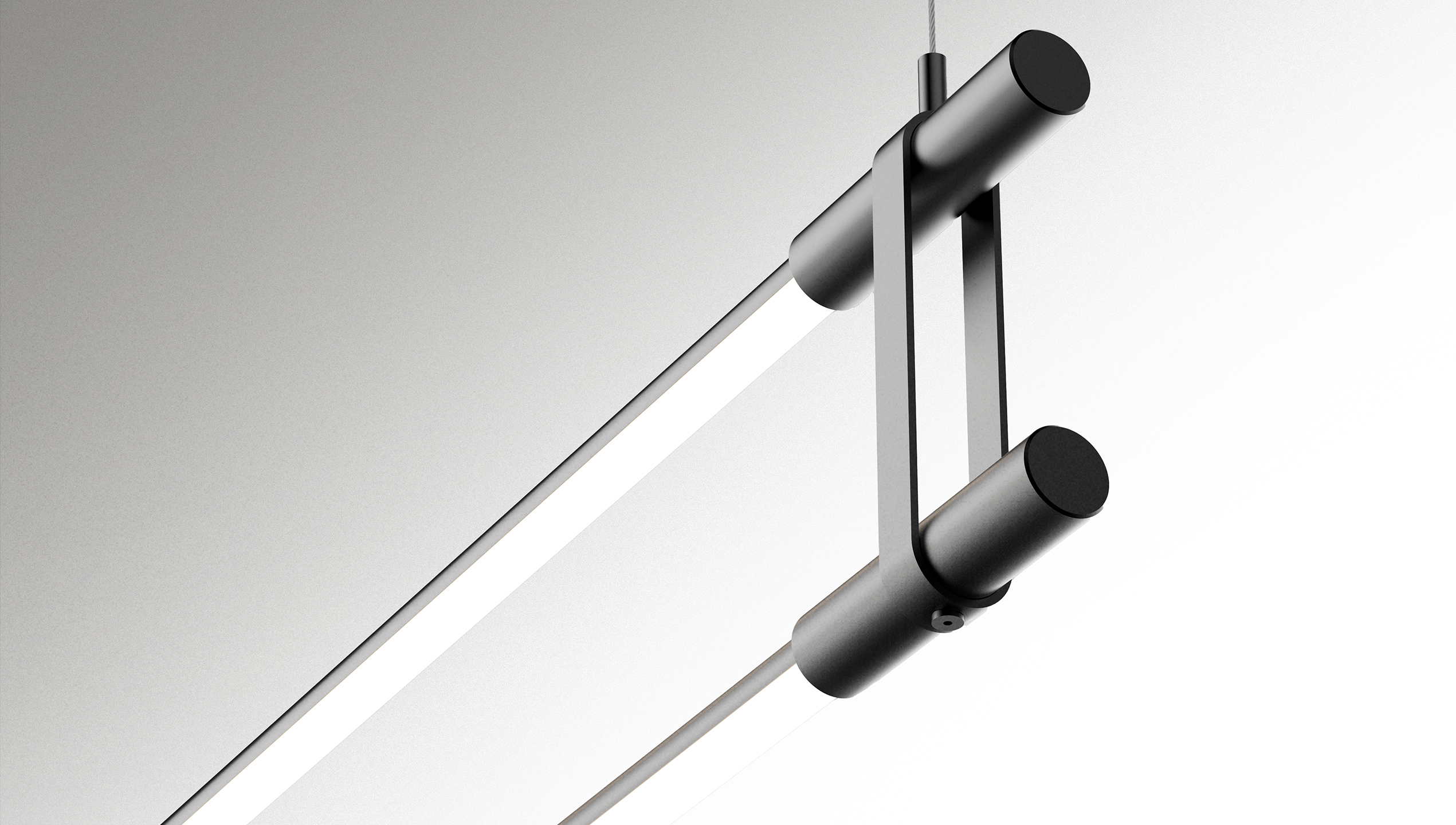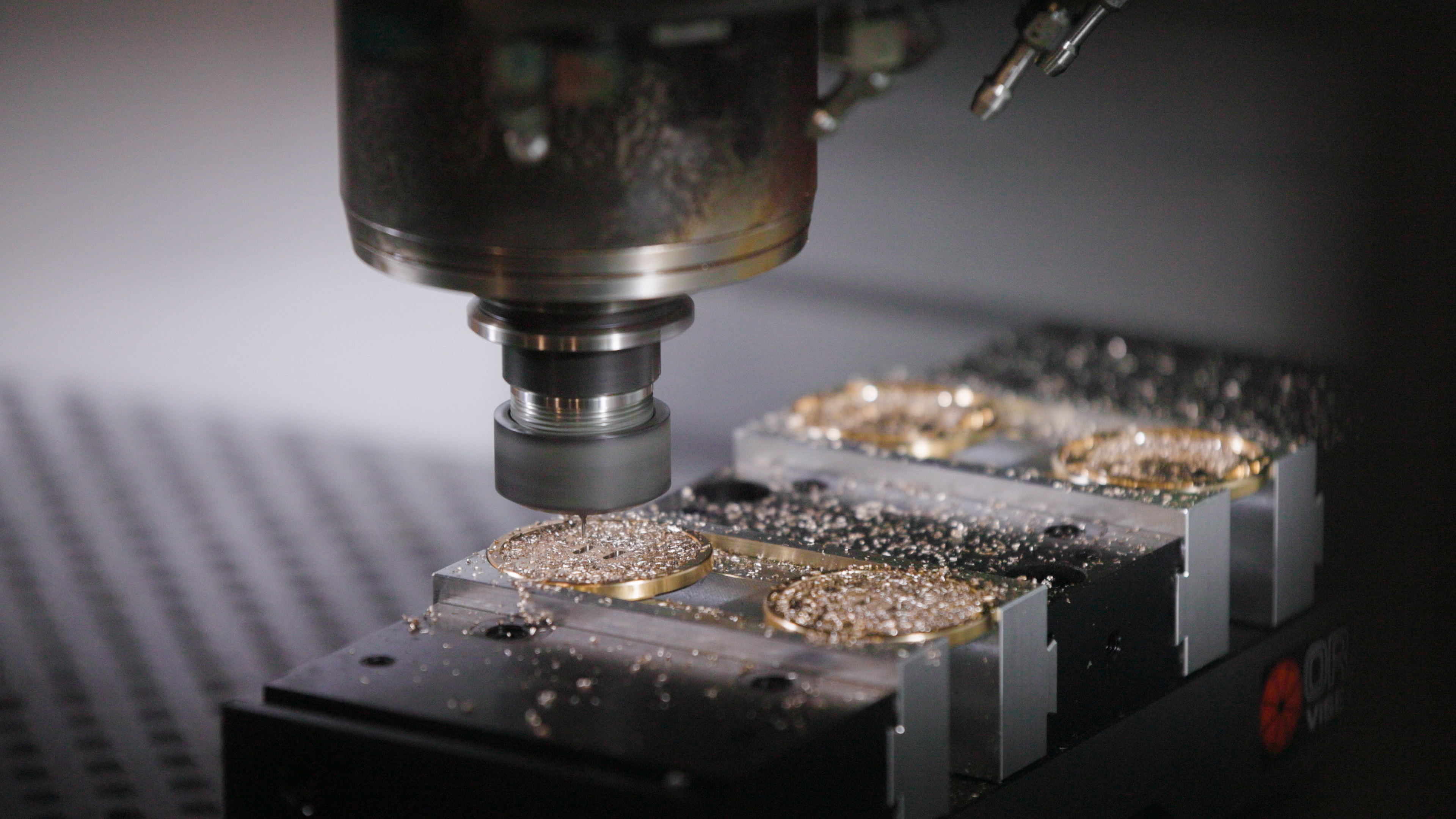Understanding Voltage, Wattage, and Amps for Lighting Fixtures
When browsing for lighting fixtures, it’s easy to overlook the technical specifications. Yet, these details are essential in determining performance, safety, and energy efficiency.
Understanding voltage, wattage, and amps ensures you select the right fixture, maintain its longevity, and get the results you expect.
At Juniper, we believe in transparency and precision, so we asked our experts to explain what each term means and why it matters.
Voltage
Voltage, measured in volts (V), is the electrical pressure that powers your light fixture.
It determines how much force pushes electricity through the system to produce illumination. Every fixture is designed for a specific voltage, and matching it to the correct power supply is crucial.
If the voltage is too low, the fixture may not produce enough light or may fail to turn on. If the voltage is too high, the fixture risks overheating or sustaining permanent damage. Knowing and using the correct voltage ensures safe and optimal performance.

Wattage
Wattage, measured in watts (W), indicates how much electrical power a fixture consumes.
Many assume that higher wattage means brighter light, but brightness is actually measured in lumens (lm). A fixture with a high lumen output at a lower wattage is more efficient, which is why LED technology has become the industry standard. LEDs can produce the same light output as incandescent bulbs while consuming up to six times less energy.
Since wattage directly impacts your electricity bill, choosing fixtures with a high lumens-per-watt ratio is the most cost-effective and environmentally responsible choice.

Looking for lighting that integrates efficiency with design?
Explore Juniper’s LED fixtures to experience how performance, precision, and design integrity can transform your space.
Ampere
An ampere, or amp (A), measures the rate at which electrical current flows through a fixture.
Each fixture has a specific amperage requirement, and meeting that requirement is essential for proper operation.
Using a power supply with lower amps can limit the fixture’s performance, while higher amps are generally safe as long as the voltage is correct — the fixture will only draw what it needs. Ensuring the right amperage helps your lighting perform at its full potential.
Finding the Best Lighting Solution
Juniper is a lighting manufacturer headquartered in central Connecticut, where our management, manufacturing, and design teams work together under one roof.
We create high-performance LED fixtures for residential, hospitality, and commercial spaces, engineering our systems to deliver the highest lumens per watt available in today’s market.
Each fixture is designed for exceptional efficiency, durability, and refined aesthetics, backed by attentive client service and the technical precision that defines Juniper’s work.

READ MORE
-
Co/Create by Juniper + HBF Featured in The Business of Furniture
November 21, 2025Read more
-
Ground Control Featured by Workplace Design
November 21, 2025Read more
-
Co/Create Booth Featured in Office Insight at BDNY 2025
November 21, 2025Read more